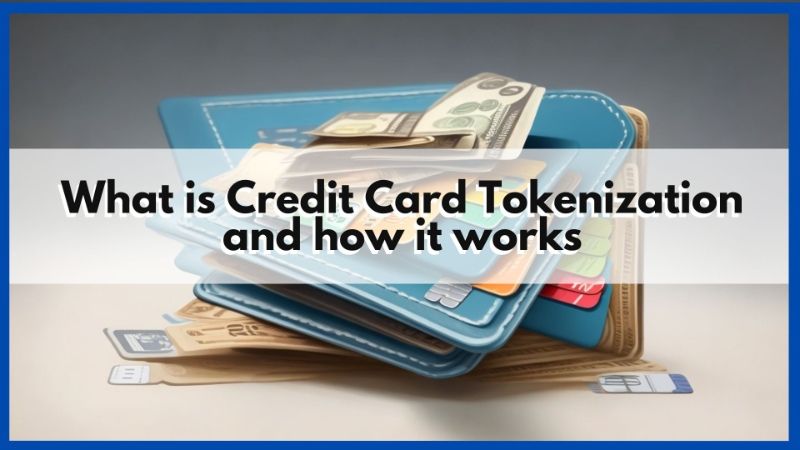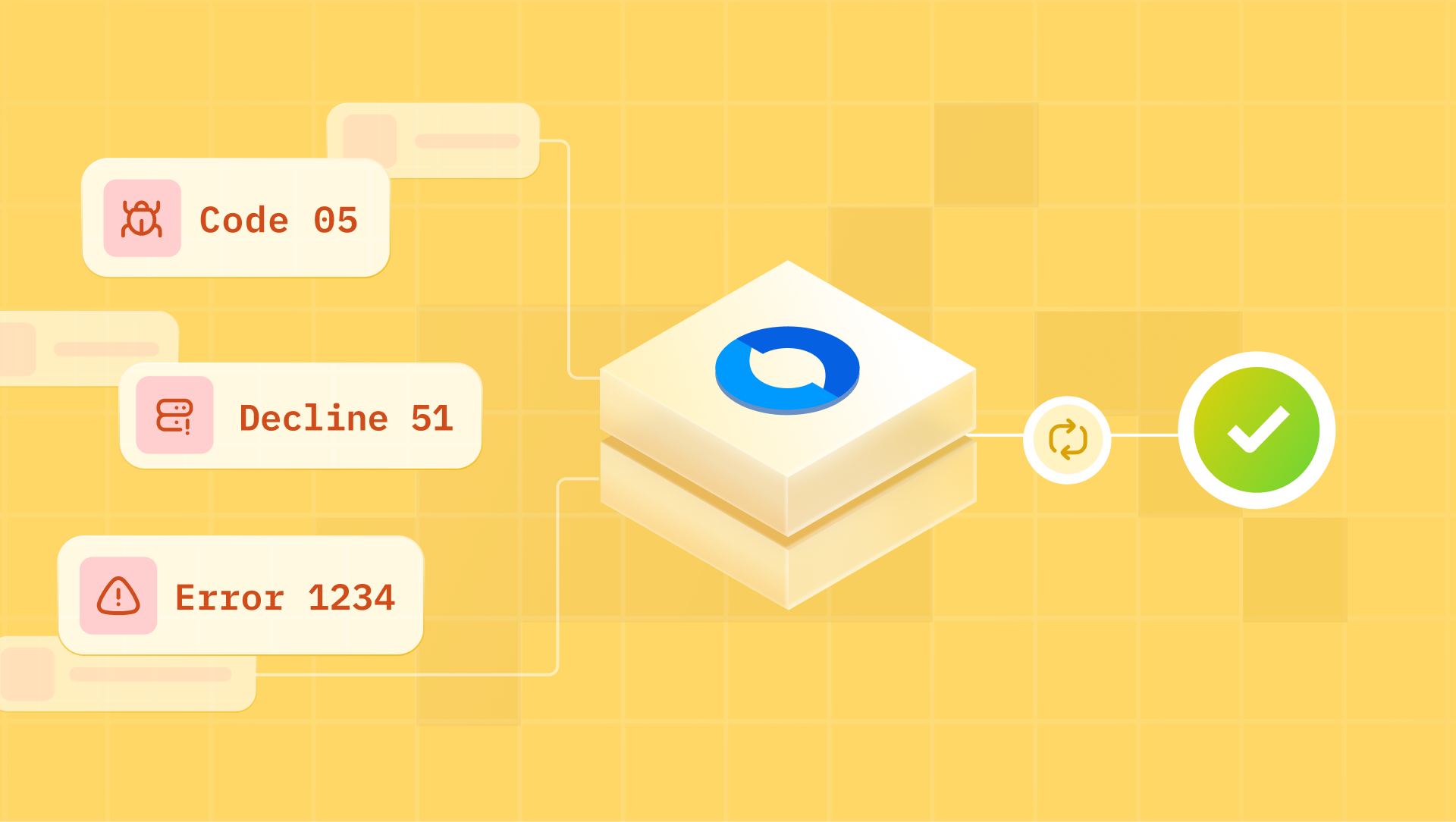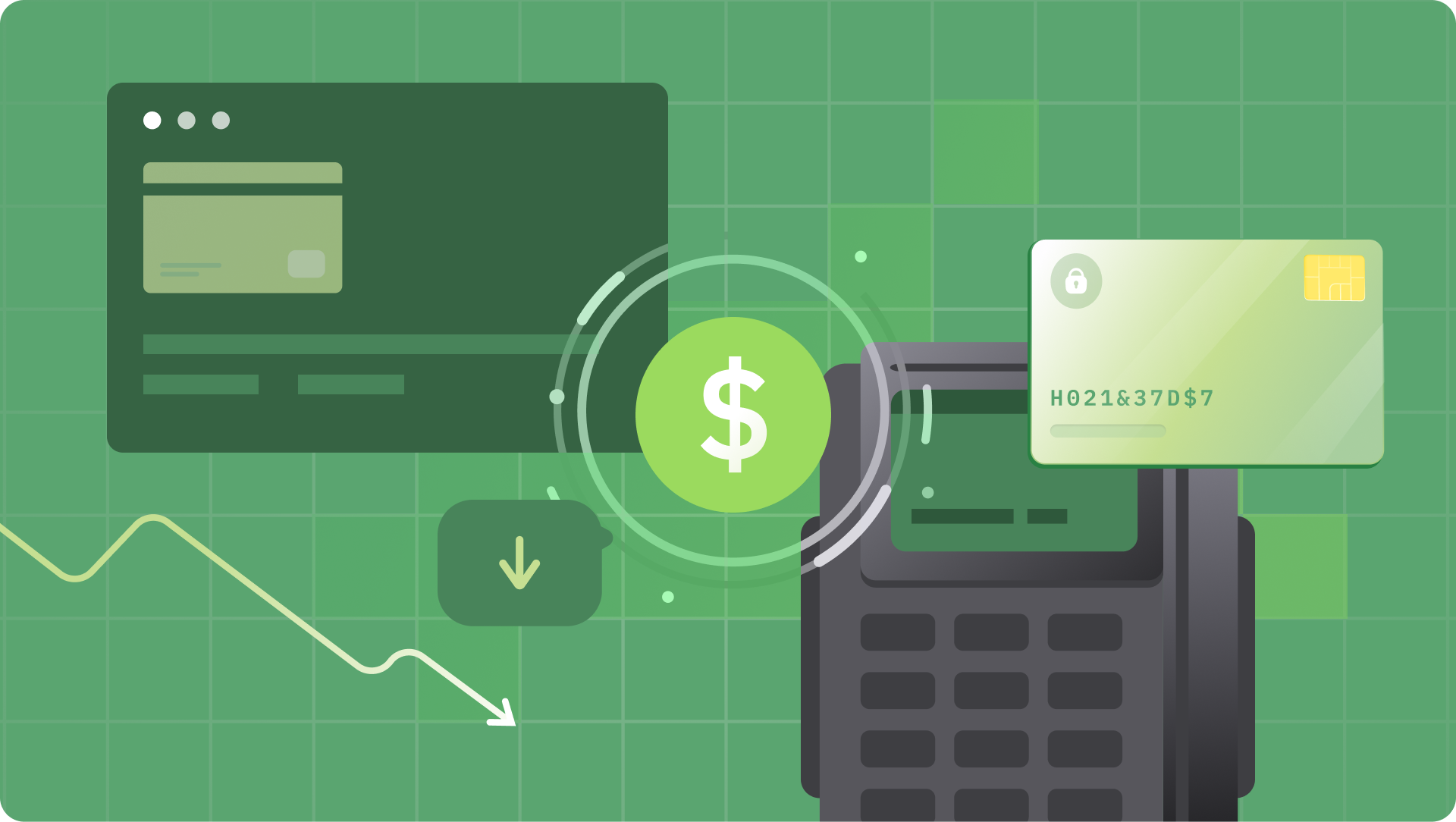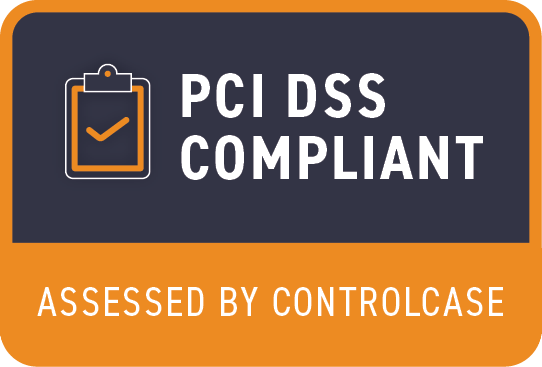Credit card transactions have become an integral part of our daily lives. But with convenience comes the need for security. This is where credit card tokenization comes into play. In this beginner's guide, we'll explore the world of credit card tokenization, answering questions like "What is credit card tokenization?" and "How does it work?" We'll also delve into why credit card tokenization is important, its security features, its implementation in businesses, and provide real-life examples. So, let's get started!
What is Credit Card Tokenization?
Have you ever wondered how your credit card information is kept safe when you make an online purchase? The answer lies in credit card tokenization.
Credit card tokenization is a process that replaces sensitive card data with a unique identifier, known as a token. This token is randomly generated and holds no intrinsic value on its own. Instead, it acts as a stand-in for your actual card information, making it virtually impossible for hackers to access your sensitive data during transactions.
How Does Credit Card Tokenization Work?
Now that we understand what credit card tokenization is, let's take a closer look at how it operates.
When you make a payment with your credit card, the merchant collects your card details, such as the card number, expiration date, and security code. Instead of storing this information, the merchant sends it to a secure tokenization service. This service then generates a unique token, often using complex encryption algorithms.
The token is sent back to the merchant and stored in their system for future transactions. Even if a hacker gains access to this token, it is practically useless without the original credit card data. This double layer of protection ensures that your sensitive information remains safe.
Why is Credit Card Tokenization Important?
Credit card tokenization offers several crucial benefits that make it an essential security measure.
- Enhanced Security: Tokenization adds an extra layer of protection, making it incredibly challenging for cybercriminals to steal your credit card data during transactions.
- Compliance with Regulations: Many industries must comply with strict data protection regulations, such as the Payment Card Industry Data Security Standard (PCI DSS). Tokenization helps businesses meet these requirements.
- Reduced Liability: By tokenizing credit card data, businesses minimize the risk of data breaches. This, in turn, reduces their liability in the event of a security breach.
- Convenience: For consumers, tokenization offers a seamless and secure payment experience, as they don't have to repeatedly enter their credit card information.
What are the Credit Card Tokenization Securities?
Now that we've covered the importance of credit card tokenization, let's explore the security features in more detail.
- Encryption: During tokenization, the original card data is encrypted, making it unreadable without the corresponding decryption key.
- Token Expiration: Tokens can have a predefined expiration date, adding another layer of security. Once a token expires, it becomes useless for any transactions.
- Limited Usage: Tokens can be restricted for use with specific merchants or for certain types of transactions, reducing the potential for misuse.
- Dynamic Data: Some tokenization systems use dynamic tokens that change with each transaction, rendering any stolen tokens useless for future transactions.
Implementation of Credit Card Tokenization in Business
Credit card tokenization isn't just for individual consumers; businesses can also benefit from its adoption.
When a business decides to implement credit card tokenization, it typically partners with a tokenization service provider. This provider handles the tokenization process, ensuring the security of customer data during transactions. The business then integrates the tokenization system into its payment processing infrastructure.
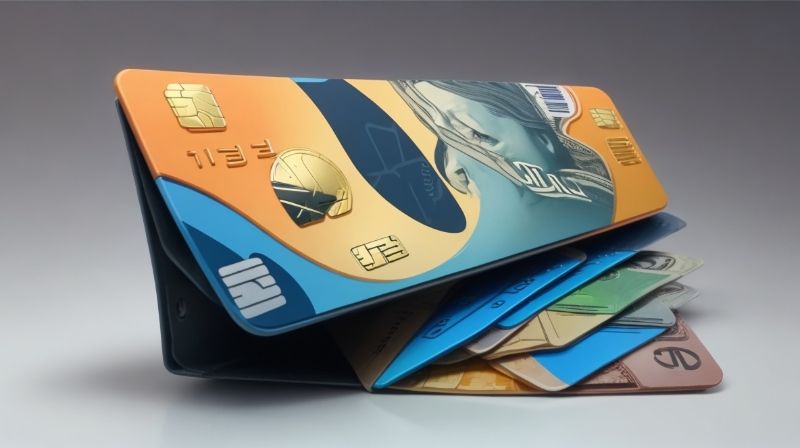
Examples of Credit Card Tokenization
Let's take a look at a couple of real-world examples to better understand how credit card tokenization is applied.
Example 1: E-commerce
Imagine you're shopping online and making a purchase from your favorite online store. When you enter your credit card information, the store's payment gateway sends your data to a tokenization service. In return, you receive a token that the store keeps on file for future purchases. If a hacker were to breach the store's database, they would find only tokens, rendering the stolen data useless.
Example 2: Mobile Wallets
Mobile wallet apps like Apple Pay and Google Pay also utilize tokenization. When you add your credit card to these apps, they replace your card details with a token. When you make a payment in a physical store or online, the token is transmitted, ensuring the security of your payment information.
In this beginner's guide to credit card tokenization, we've explored the fundamentals of this security technology. We've learned that credit card tokenization is a process that replaces sensitive card data with unique tokens, enhancing security during transactions. It's essential because it protects your data, ensures regulatory compliance, and reduces liability for businesses. Tokenization features various security measures like encryption, token expiration, limited usage, and dynamic data. Businesses can implement it with the help of tokenization service providers, and real-world examples demonstrate its effectiveness in e-commerce and mobile wallets.
We hope this guide has shed light on the importance and workings of credit card tokenization, making you feel more secure when making online payments.
FAQ
- How Does Visa Card Tokenization Work? Visa card tokenization operates similarly to the general tokenization process we've discussed. When you use your Visa card for a transaction, your card data is tokenized to protect it during transmission and storage. Visa has stringent security standards to ensure the safety of your transactions.
- How Do I Tokenize My Credit Card Information? As an individual, you don't tokenize your credit card information manually. Instead, it's done automatically by the merchant or payment service provider when you make a transaction. You can, however, take steps to secure your credit card, such as using strong, unique passwords for online accounts and regularly monitoring your statements for any unauthorized transactions.
- What Are the Risks of Not Using Credit Card Tokenization? Not using credit card tokenization can expose you to various risks, including the potential for credit card fraud, data breaches, and identity theft. Your sensitive card data is more vulnerable when it's not tokenized, making it easier for cybercriminals to exploit.
- How Can I Check if a Website Uses Credit Card Tokenization? To check if a website uses credit card tokenization, look for security indicators like the padlock icon in the browser's address bar (indicating a secure connection) and security badges from reputable payment service providers (such as Visa or Mastercard). Additionally, read the website's privacy and security policies to understand how they handle your data during transactions.

